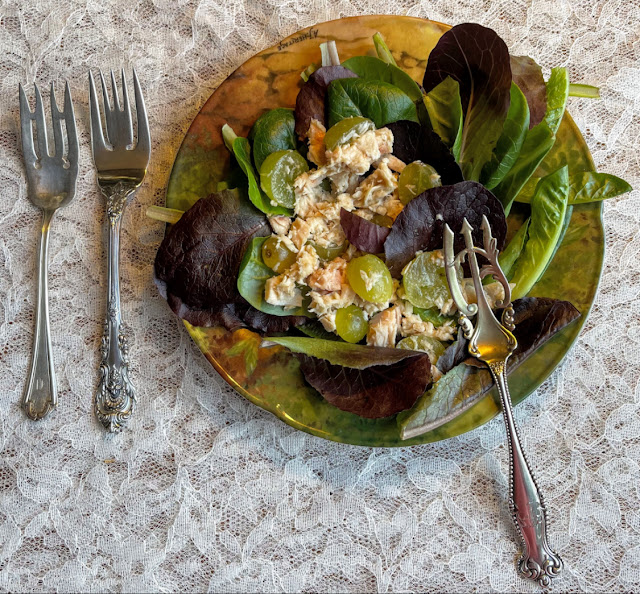Colonists brought salads to America and the Gilded Age brought salad forks to the table
With the earliest English colonists, and throughout the colonial period, kitchen gardens were tended in part for the wonderful salad ingredients they produced. Perhaps due to the urbanization and industrialization of America during the late 19th century, there was a falling off in the appreciation of salad. But by the 1890s they were gaining popularity again.
Fannie Farmer commented in the 1896 edition of “The Boston Cooking-School Cook Book” that “Salads, which constitute a course in almost every dinner, but a few years since seldom appeared on the table. They are now made in an endless variety of ways, and are composed of meat, fish, vegetables (alone or in combination) or fruits, with the addition of a dressing,” said Fannie.
Once again Americans seem to be rediscovering salads the way they did in Fanny Farmer's day. John Evelyn would be delighted to learn that the American salad bowl is once again overflowing with delicate herbs, greens, wild mushrooms, flower petals, and a wide variety of other imaginative ingredients that bring delight to the eye as well as the taste buds.— Desert Sun, 1988
Once again Americans seem to be rediscovering salads the way they did in Fanny Farmer's day. John Evelyn would be delighted to learn that the American salad bowl is once again overflowing with delicate herbs, greens, wild mushrooms, flower petals, and a wide variety of other imaginative ingredients that bring delight to the eye as well as the taste buds.— Desert Sun, 1988
🍽Etiquette Enthusiast, Maura J. Graber, is the Site Editor for the Etiquipedia© Etiquette Encyclopedia

No comments:
Post a Comment
Note: Only a member of this blog may post a comment.